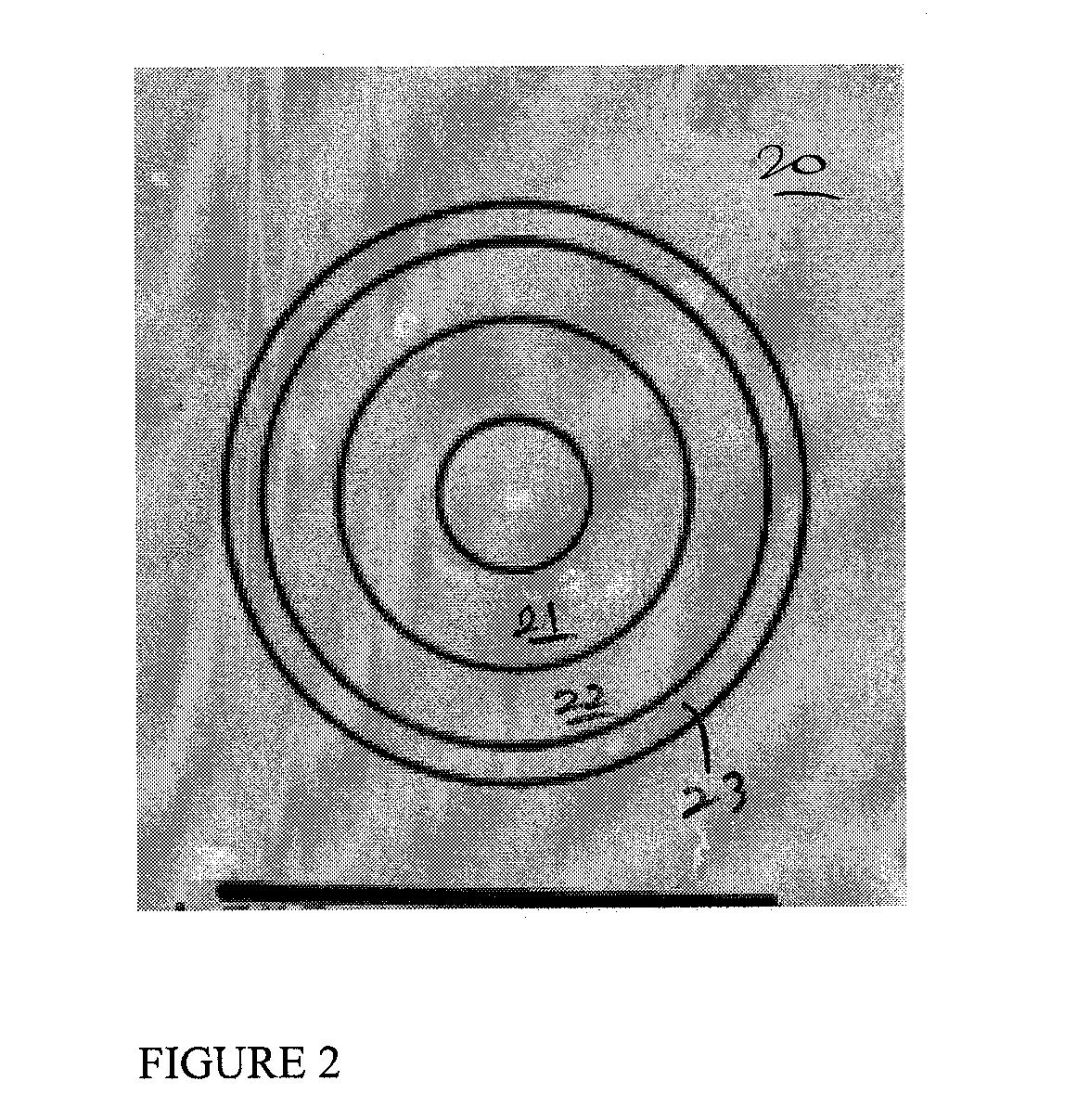Synthetic vascular prosthesis and method of preparation
- Summary
- Abstract
- Description
- Claims
- Application Information
AI Technical Summary
Benefits of technology
Problems solved by technology
Method used
Image
Examples
Embodiment Construction
[0025]One embodiment of the invention provides a completely biodegradable, hydrophilic microfiber / nanofibered, ECM-like matrix that is suitable for use in grafting small-diameter blood vessels or blood conduits. The material property can be controlled to provide a predetermined degradation time, a selected hydrophilicity, and a controllable release of growth factors and other components suitable for cell attachment and proliferation. The goal is to provide a hospitable environment for host cells to regenerate and repair a damage blood vessels over a period of time, as the blood conduit graft biologically degrade and eventually disappears. The graft is preferably absorbent and retains biological fluid. The micro / nanofibered material maybe deposited on biodegradable or non biodegradable substrate and use as a stent-graft for supporting damaged and weaken blood vessel after angioplasty or other blood vessel treatment procedure. The biodegradable substrate may be made from PLA, PGA, Pol...
PUM
| Property | Measurement | Unit |
|---|---|---|
| Pressure | aaaaa | aaaaa |
| Length | aaaaa | aaaaa |
| Distance | aaaaa | aaaaa |
Abstract
Description
Claims
Application Information
 Login to View More
Login to View More - R&D
- Intellectual Property
- Life Sciences
- Materials
- Tech Scout
- Unparalleled Data Quality
- Higher Quality Content
- 60% Fewer Hallucinations
Browse by: Latest US Patents, China's latest patents, Technical Efficacy Thesaurus, Application Domain, Technology Topic, Popular Technical Reports.
© 2025 PatSnap. All rights reserved.Legal|Privacy policy|Modern Slavery Act Transparency Statement|Sitemap|About US| Contact US: help@patsnap.com



